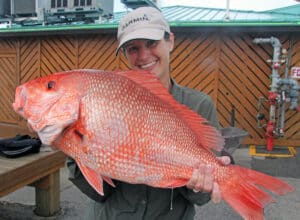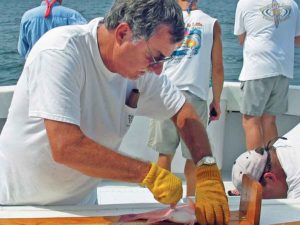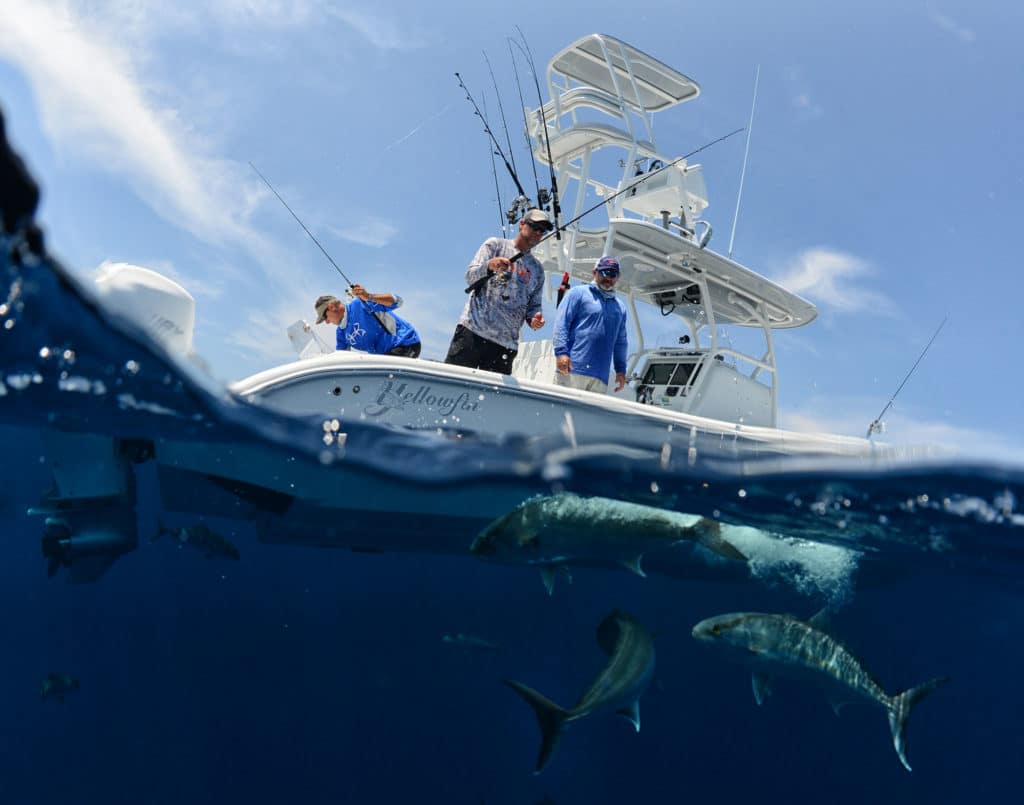
What’s Good for the Goose is Good for Gander
Within the U.S. marine fisheries management system, no two regions are more different than the Gulf of Mexico and the North Pacific. There are obvious differences like climate and geography, but one of the starkest distinctions is our fisheries – not only what we catch, but how we catch … and how we manage.
While commercial fishing is clearly the more dominant of the two sectors in Alaska, recreational fishing is undoubtedly the economic powerhouse in the Gulf of Mexico. So, why do we see such disparate treatment in the way each sector is represented on the Gulf and North Pacific fishery management councils?
First, let’s make sure we are comparing apples to apples. When you look at NOAA Fisheries’ report Fisheries Economics of the United States 2016 and compare the economic impacts of recreational and commercial fishing across shared fisheries and remove imports, you get a true picture.
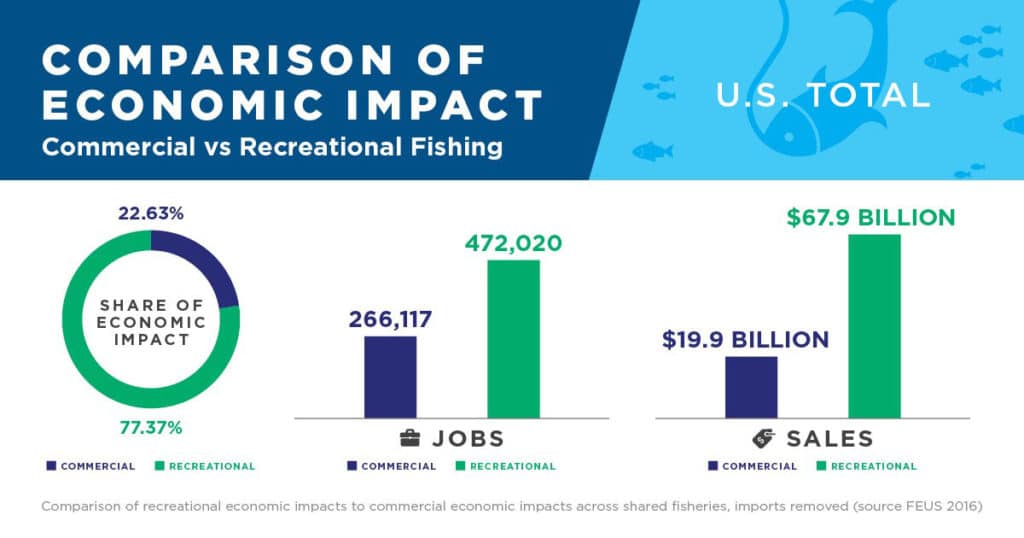
At the national level, recreational fishing generates 472,020 jobs and nearly $68 billion in sales annually compared to 266,117 jobs and nearly $20 billion in sales by commercial fishing. Despite that outsized economic impact, anglers catch only 2 percent of the finfish taken from our oceans each year. In other words, a lot fewer fish die for a lot more economic output.
Now, back to the comparison of how fisheries are managed in the North Pacific and in the Gulf.
In the North Pacific, the proportion of value added to the economy by commercial fishing in shared fisheries is 91.18 percent to 8.82 percent by recreational fishing. This economic disparity translates to commercial interests controlling 10 out of 11 votes on the North Pacific Council.
If representation for the predominant economic power serves well in the North Pacific, it should serve well in the Gulf of Mexico and across all councils.
To the contrary in the Gulf of Mexico, the proportion of value added to the economy by commercial fishing in shared fisheries is 3.39 percent to 96.61 percent by recreational fishing. But representation on the Gulf Council between commercial and recreational does not reflect the economics on the ground. Consider the recent, divisive push to privatize marine resources for certain commercial users (including fishing-charter and for-hire operators) and you have a recipe for conflicts of interest. Add in those council members who are both commercial harvesters and charter operators … and in the final tally, commercial votes actually outnumber recreational votes on the Gulf Council – a glaring difference from the North Pacific.
The most under-represented stakeholders in the Gulf are the 2.5 million individual anglers fishing from their own boats. The process has put anglers at a disadvantage for too long, and it’s time to turn the scale.
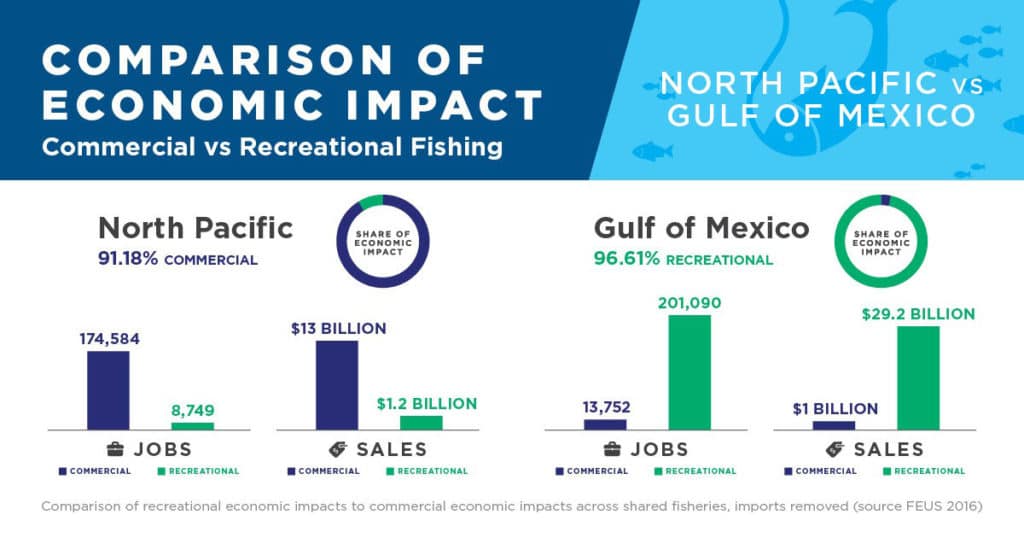
Nationally, friends of commercial fishing have more pull on almost all regional councils. Yet, recreational fishing contributes far more to the American economy.
What I’m highlighting is this: If representation for the predominant economic power serves well in the North Pacific, it should serve well in the Gulf of Mexico and across all councils.
However, there’s a misconception in the Southeast that Gulf Coast governors must nominate someone from the commercial, recreational, for-hire charter fishing sectors and someone else considered in the “other” category. This requirement strangely was inserted into the 2006 reauthorization of the Magnuson-Stevens Act for the Gulf Council only, and it was meant to benefit the agenda of anti-recreational interests in the region by empowering federal bureaucrats – not duly elected governors – to pick whomever they want to serve.
Thankfully, this twisted, manipulative provision expired in 2012. Therefore, there is no federal requirement limiting the choices of governors. This is rightfully so, because governors should be able to choose representatives from their states who best represent the interest of their states.
Acceptance of overwhelming representation from the predominant economic power in the North Pacific should be the same in the Gulf of Mexico and everywhere else. What’s good for the goose is good for the gander. There will always be some in the Gulf who aim to divide and conquer each sector to achieve their goal of fewer Americans on the water through the privatization of public resources. But if we’re all playing by the same rules, then it’s time for the bureaucracy to lift its finger from the scale and be fair and equitable across all regions.
About the Author: Jeff Angers is president of the Center for Sportfishing Policy, a nonpartisan organization focused on maximizing opportunity for America’s saltwater recreational anglers.



